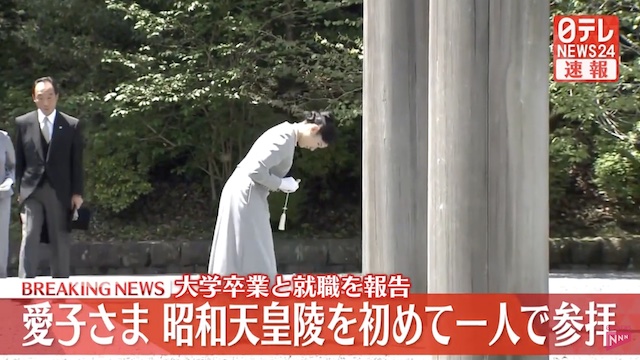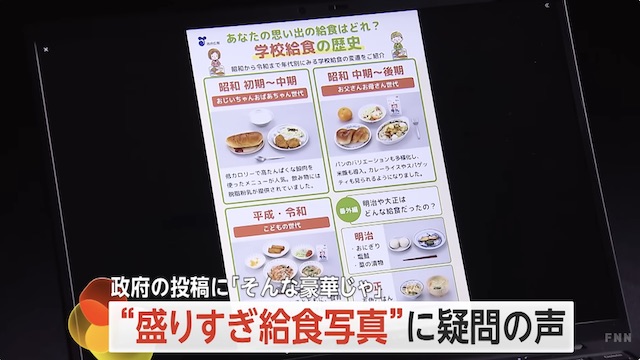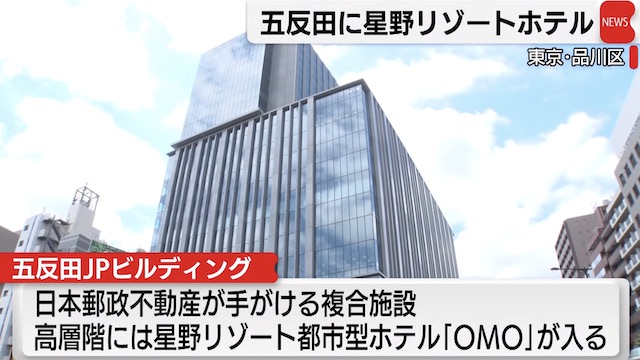Oct 16 (Japan Times) - A Japanese government panel Friday advised culture minister Shinsuke Suematsu to register a traditional way of making sake using koji, a type of fungus, as an intangible cultural asset under a new system.
The Agency for Cultural Affairs, under the education and culture ministry, also recommended a traditional technique for the shodo art of Japanese calligraphy for registration under the new system for intangible cultural assets.
The government will announce the registrations in its official gazette soon, making them official.
It will be the first time for items related to the culture of everyday life to be recognized as intangible cultural assets in Japan.
Koji is also used to make shōchū and awamori distilled spirits, as well as mirin cooking wine.
The sake brewing method subjected to registration involves the use of traditional yellow koji and other types from rice or wheat. The technique was first established in the Muromachi Period between the 14th and 16th centuries. While mechanization took hold in Japan during the Meiji Era (1868-1912), the traditional way of making sake by hand has been passed down from generation to generation. The council concluded that the method has historical significance in the culture of Japan’s way of life.
The new registration system was introduced in June this year in order to protect a wider range of intangible cultural assets, as Japan previously had only a designation system for performing arts and craft techniques.









